Rock 'n' roller Myles Connor turned to life of crime. He's the subject of a documentary
CANTON − The popular genres of true crime and rock 'n' roll documentaries converge in a film about Myles Connor Jr., Milton's notorious rocker turned bank robber and art thief.
"Rock 'n' roll Outlaw: The Ballad of Myles Connor" will have its Boston-area premiere Sunday, March 17, the anniversary of the unsolved 1990 theft of Rembrandt's "Storm on the Sea of Galilee" and Vermeer's "The Concert," along with nine other oil paintings and drawings, from the Isabella Stewart Gardner Museum in Boston. The haul has been valued as high as $600 million.
The documentary features over 30 interviews with musicians, producers, friends of Connor and FBI agents and other law enforcement officers, intertwined with rare video and audio recordings, archival images and reenactments.
In advance of the premiere, Connor, now 81, his longtime manager Al Dotoli and producer Bruce Macomber sat down with The Patriot Ledger to discuss his career of musical performances, robberies and escapes from the law.
More: Milton art thief Myles Connor steals scenes in Netflix doc on Gardner museum heist
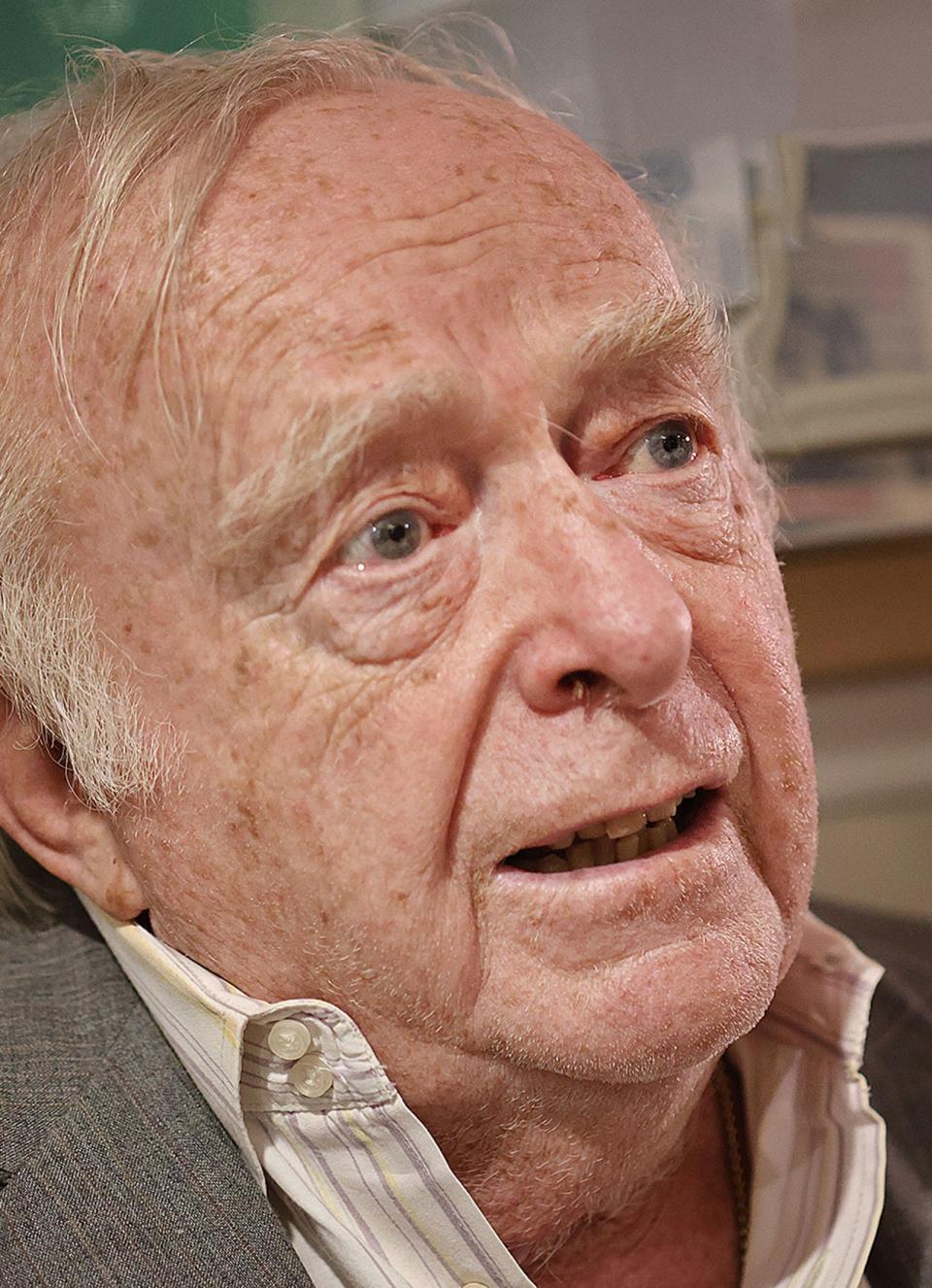
Early rock 'n' roll career − Myles and the Wild Ones
In the 1960s, Connor led a rock band, Myles and the Wild Ones, which performed a 1950s rock 'n' roll review.
"Elvis, Chuck Berry, Roy Orbison, Fats Domino − all those stars, all very talented guys − those were guys I emulated," Connor said.
Connor's performances were flamboyant and high octane, literally. He used to appear onstage driving a motorcycle, Dotoli and Macomber recalled. At Wollaston's former Beachcomber nightclub, he was carried onstage in a coffin and emerged with a live mic singing, "I couldn't sleep at all last night," the opening lyrics to Bobby Lewis' 1961 hit "Tossin' and Turnin.'"
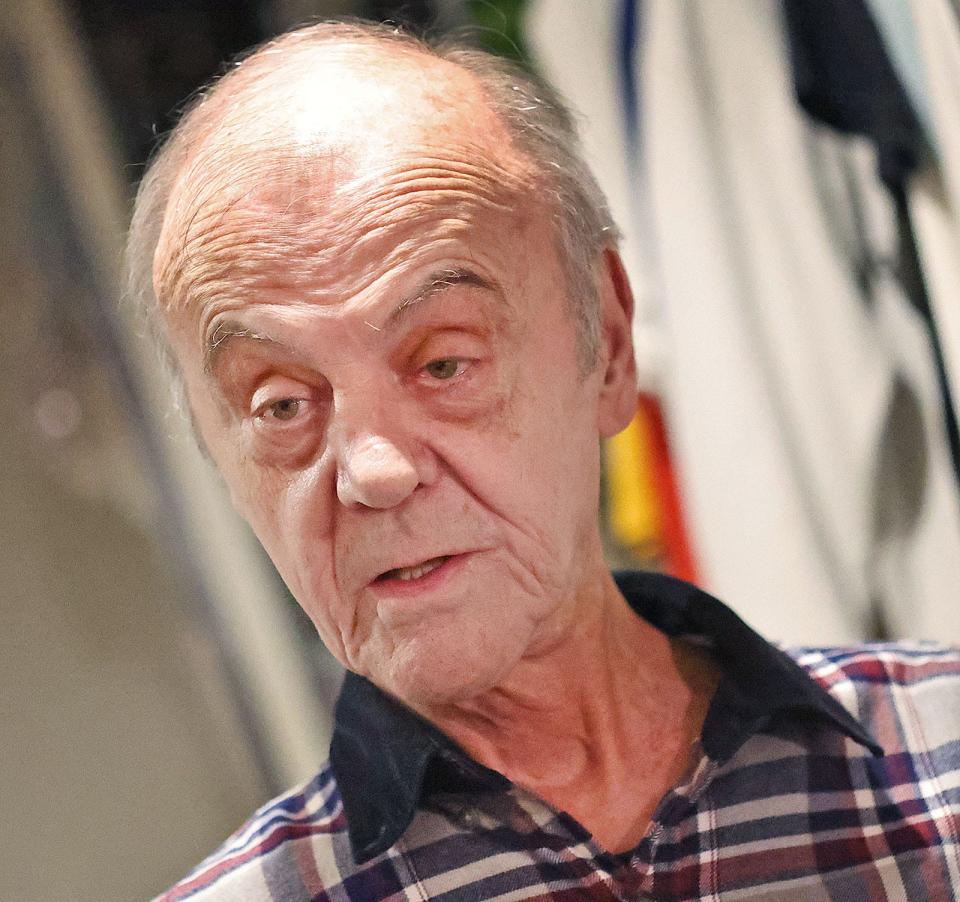
Connor landed regular gigs at clubs along Revere Beach frequented or run by people involved in organized crime. Influenced by his new friends, Connor turned to crime.
He had a fascination with East Asian art, especially Japanese swords and antique firearms, which he absorbed from his father and grandfather. That led him to his first job.
In 1963, he stole artifacts from the Forbes House Museum on Adams Street in Milton. Its lax security and its Asian treasures collected by the Forbes brothers, pioneers of the 18th-century opium trade to China, made it a perfect target.
The Back Bay shootout Connor was involved in
Connor soon drew the attention of law enforcement. In 1965, he broke out of a jail in Sullivan, Maine, using a fake pistol he whittled out of soap and blackened with boot polish, a stunt inspired by John Dillinger's 1934 escape from an Indiana jail with a gun carved from wood.
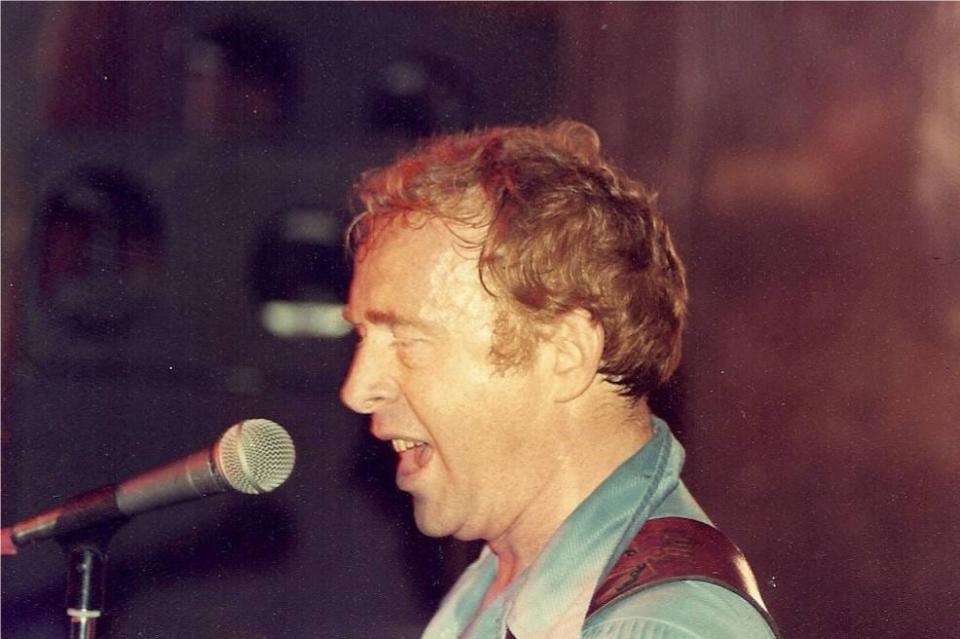
A year later, police stopped Connor at gunpoint on the streets of Boston's Back Bay. Connor said they shot at him first, and he returned fire, hitting one in the lower abdomen. A contemporary report from the Providence Journal says Connor fired first.
Connor climbed a fire escape of a Victorian brownstone, taking three bullets as he made for the roof. Wounded and cornered on the roof, Connor said he shot out the klieg lights police had set up, then shot at some gravel in front of a German shepherd sent after him.
But then a bullet ripped through his abdomen, striking his spleen, spine and a kidney. Connor said a Boston detective stuck his finger into the wound.
"What a sadistic mother(expletive)," he said.
Connor said a Metropolitan District Commission detective with a personal vendetta against him joined about 40 other officers on the roof.
"He picked me right up by the testicles," Connor said. "They were the size of grapefruits for months and jet black."
Officers then picked him up and hauled him to the edge of the roof with the intention of throwing him off and making it look like he fell, Connor said. Were it not for a gaggle of news reporters on the street below, training their cameras up at the officers, Connor said he would have been killed.
After a long, agonizing recovery, he was sent to the maximum security prison in Walpole for shooting the police officer. He would serve four years.
The Walpole prison concerts when Connor was in charge of entertainment
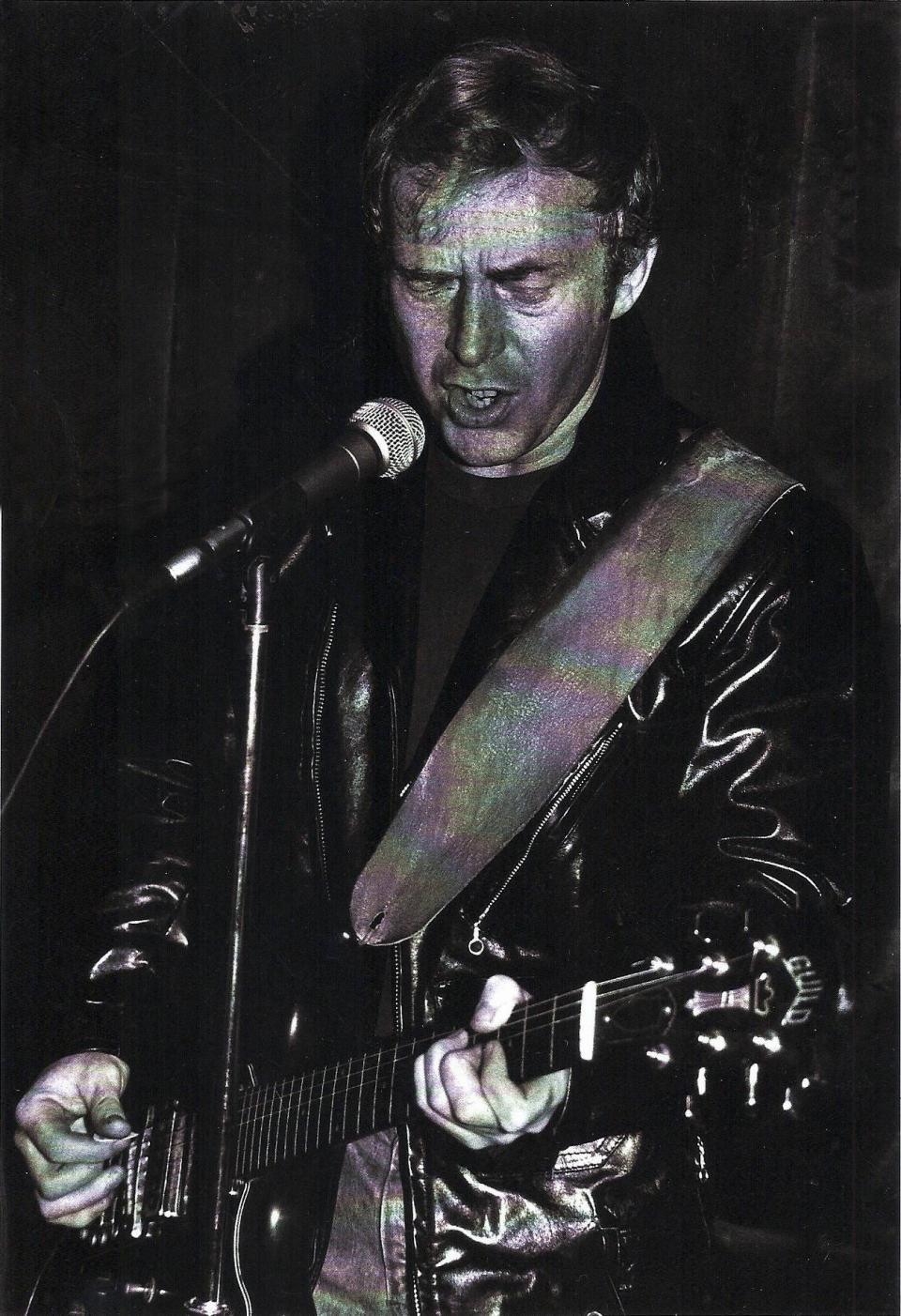
Connor said the warden put him in charge of entertainment. He gathered a band of inmate-musicians and began putting on Sunday concerts. Dotoli brought in performers such as Chicago bluesman James Cotton and doo-wop revival group Sha Na Na, which he managed.
The documentary reenacts one concert where Dotoli smuggled in two strippers disguised as roadies in workman's overalls.
"At a signal, they took off their clothes," Connor said. "The warden looked at me (with an expression that said), 'Son of a bitch, I'm going to kill you.'"
On another occasion, senior citizens visited the prisoners in the courtyard for a cookout and a concert. Archival footage included in the documentary shows a little blue-haired lady dancing with an inmate, serenely ignorant of her partner's identity: Albert DeSalvo, who was suspected of being the Boston Strangler.
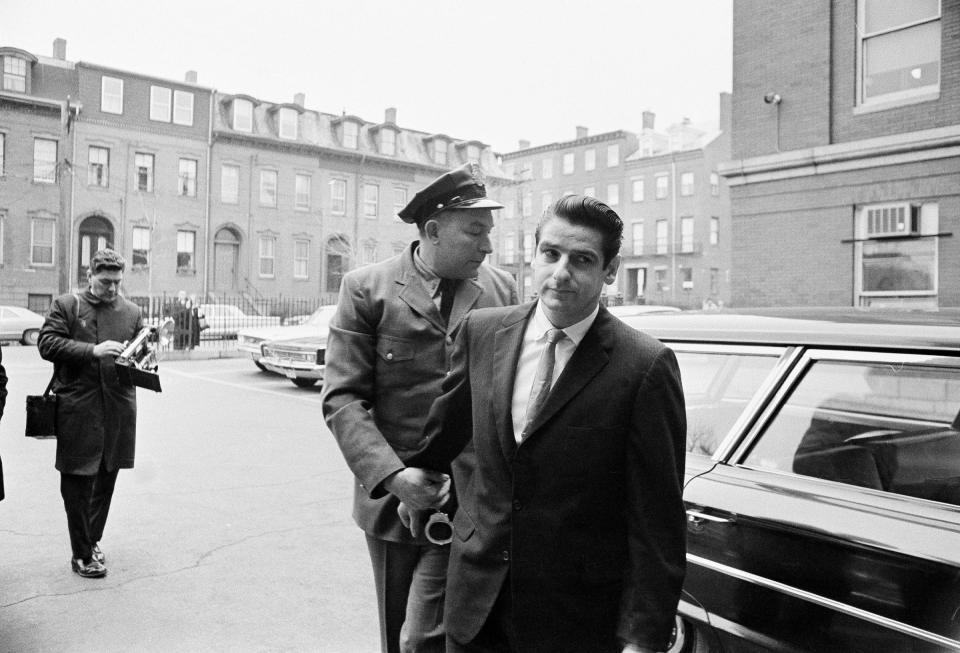
Connor, who said he doesn't believe DeSalvo was the strangler, used to work alongside DeSalvo in the prison's crafts room, where Connor practiced scrimshaw, the decorative engraving of whalebone. DeSalvo, Connor said, made tight-fitting beaded necklaces, or chokers.
"I wish I bought every (expletive) one of them," Dotoli said.
Rape conviction overturned
Released on parole, Connor stole several Wyeth paintings and a valuable Simon Willard grandfather clock from the Woolworth estate near Monmouth, Maine. Nabbed by the FBI on Cape Cod, Connor told his father's friend, Massachusetts State Police Major John Regan, that he would return the missing artwork in exchange for a reduced sentence.
"It would take a Rembrandt to get you out of this," Connor recalled Regan saying.
Regan was right. Connor said he pulled off a daytime robbery of Boston's Museum of Fine Arts and had Dotoli return the loot, a portrait of Rembrandt's sister, in exchange for a reduced sentence.
The maneuver enraged the FBI, which then accused him of raping a minor and killing two young women in a Quincy apartment, Dotoli and Connor said.
Though he had number of witnesses testify that he was performing at a nightclub when the rape occurred, the victim pointed him out in the courtroom, and the jury convicted him. What happened next, Connor calls a miracle.
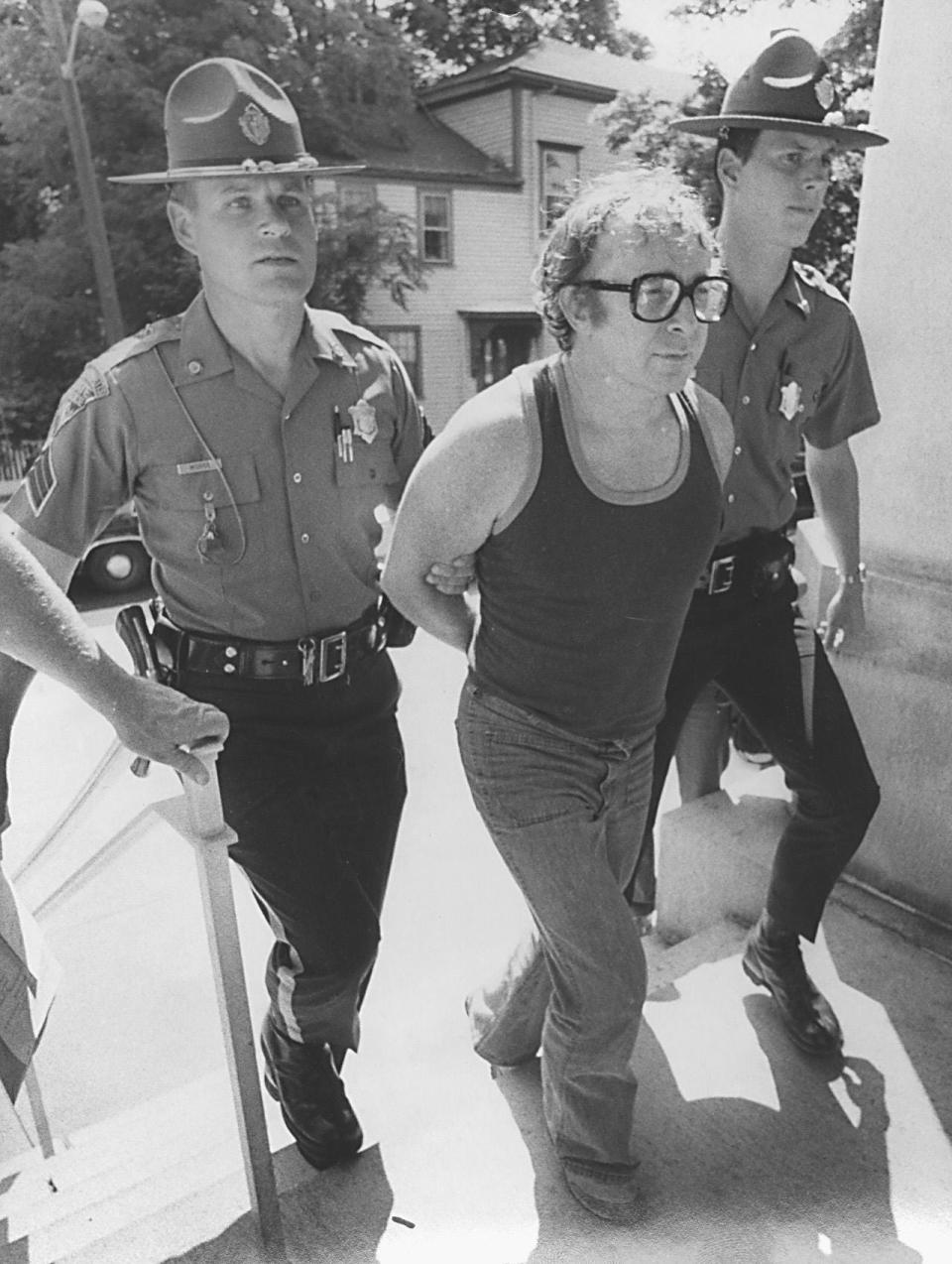
A man with with his build and complexion transferred to Walpole and admitted to the rape, Connor said.
With help from his friends, Connor extracted a written confession through violence.
"He took an ungodly beating," Connor said.
The warden notarized the confession, and the case went back before the judge who oversaw his conviction.
At a subsequent hearing, the man retracted his statement, saying it was coerced. The prosecutor demaned the maximum sentence against Connor for "beating a confession out of an innocent man to save his sorry hide," Connor recalled.
But the judge had interviewed the man privately in his chambers, asking him questions only the perpetrator could know, which he answered correctly, Connor said. The case was dismissed.
Myles Connor convicted of murder, acquitted of murder
In 1980, Connor was indicted on murder charges in the deaths of two 18-year-old women, Karen Spinney and Susan Webster, who were stabbed in a Quincy apartment in 1975.
The star witness for the prosecution was Tommy Sperrazza, who was convicted of the murders in 1979 along with another man named John Stokes. Connor had done a number of bank robberies with Sperrazza and Stokes after his release from Walpole.
In 1981, Connor was convicted of murder and sentenced to life in prison, but a judge later ordered a new trial due to procedural errors.
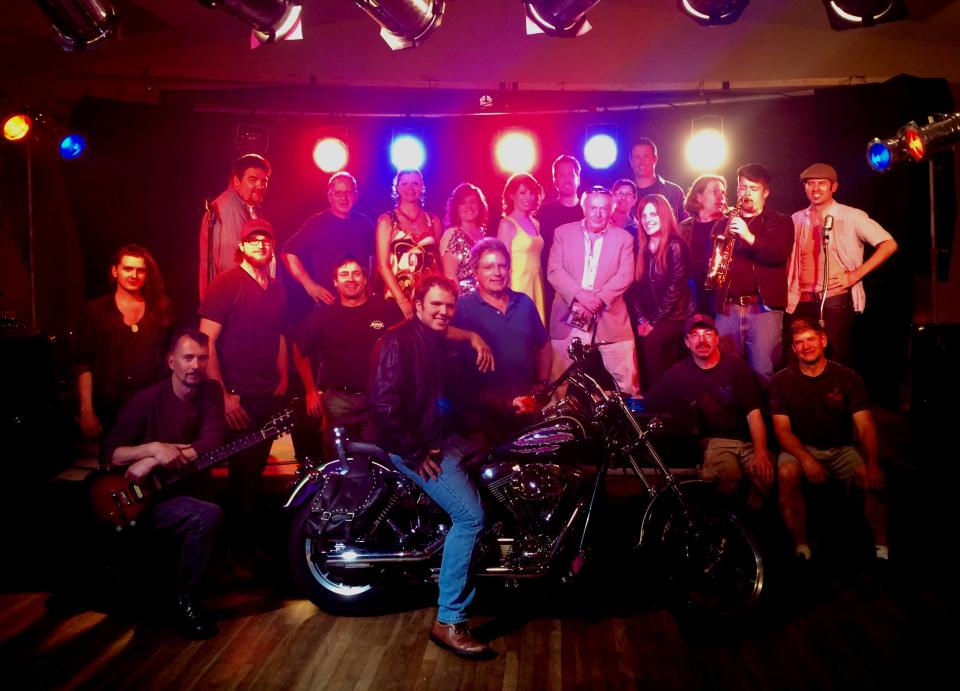
At the second trial, which took place in 1985, Cotton, members of Sha Na Na and Beachcomber owner Jimmy McGettrick testified that Connor was performing on the night of the murders. A not guilty verdict was returned, but Connor, hedging his bets, had skipped bail an hour earlier.
More: Myles Connor packs Beachcomber after two-decade absence
Remorse?
Macomber said critics have accused him of downplaying Connor's crimes as "high-spirited antics."
"They're serious crimes," he said.
But Macomber also said that Connor, who was acquitted of the most serious allegations against him, has been "monumentally screwed by the justice system."
Connor said he undertook most of his art thefts with the intention of returning the art, "either for a cash reward or a reduction of sentences" for himself or friends.
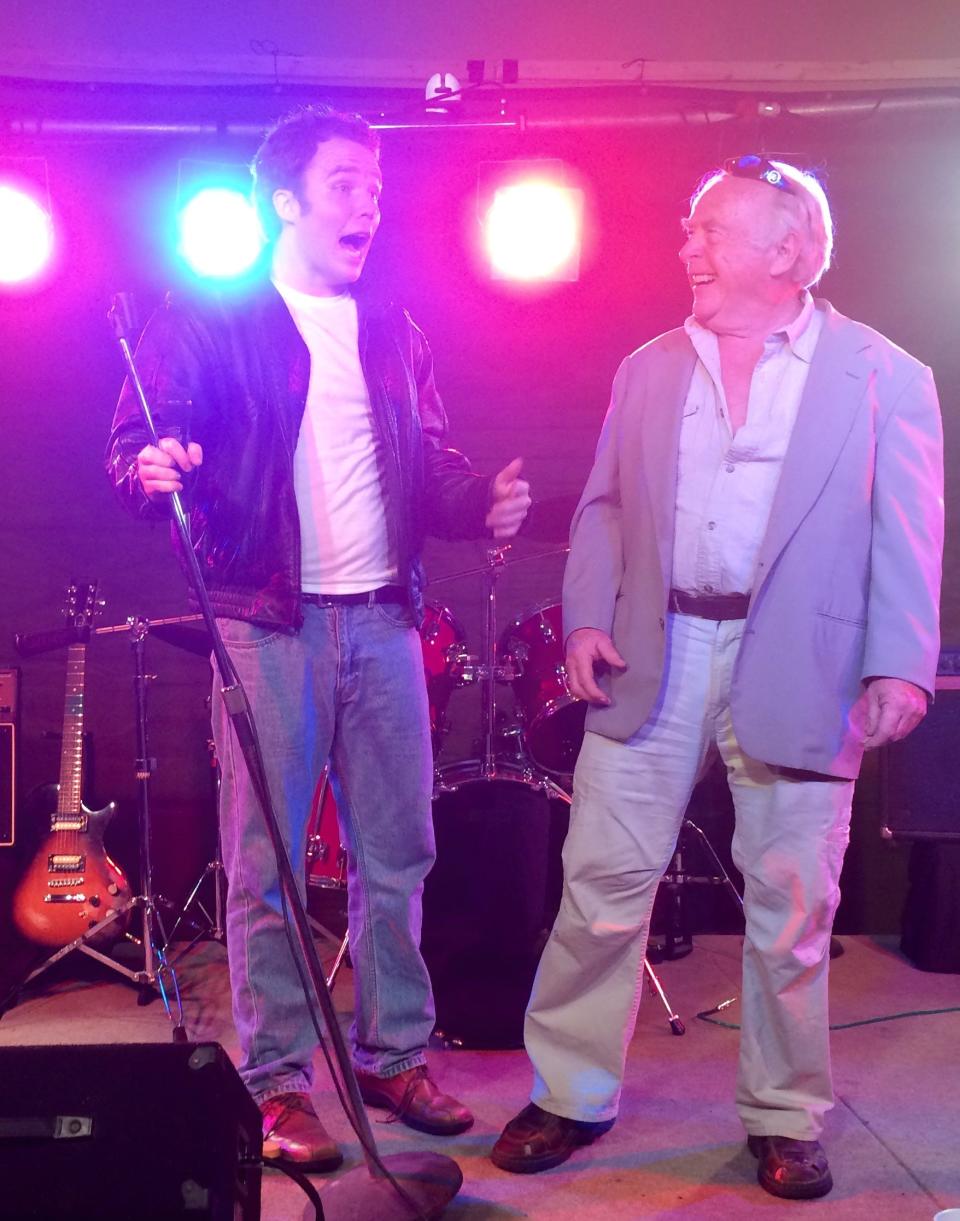
Connor said he knew that his crimes put himself, accomplices, friends, bystanders and law enforcement at risk.
"I'm acutely aware of pain and suffering of other people, and I try to avoid it at all costs," he said.
The Isabella Stewart Gardner Museum heist
Connor was in federal prison in 1990 when the Gardner heist took place, but he has said publicly that his friends Bobby Donati and David Houghton were the thieves. He said he had cased the Gardner with Donati in the 1970s, making a list of treasures to target.
Donati's tortured body was found in the trunk of a car in 1991. Houghton died of a heart attack the following year.
Connor told The Patriot Ledger he believes the stolen Rembrandt and Vermeer artworks were shipped overseas.
"Perhaps every billionaire has art in the basement," he said. "What better bragging rights than this?"
"Rock 'n' roll Outlaw: The Ballad of Myles Connor" will be shown at the Regent Theatre in Arlington at 2 p.m. on St. Patrick's Day, March 17. Connor, Dotoli, Macomber and Gardner Museum Security Director Anthony Amore will hold a panel discussion after the viewing.
This article originally appeared on The Patriot Ledger: Myles Connor's life of music and crime in new documentary film

